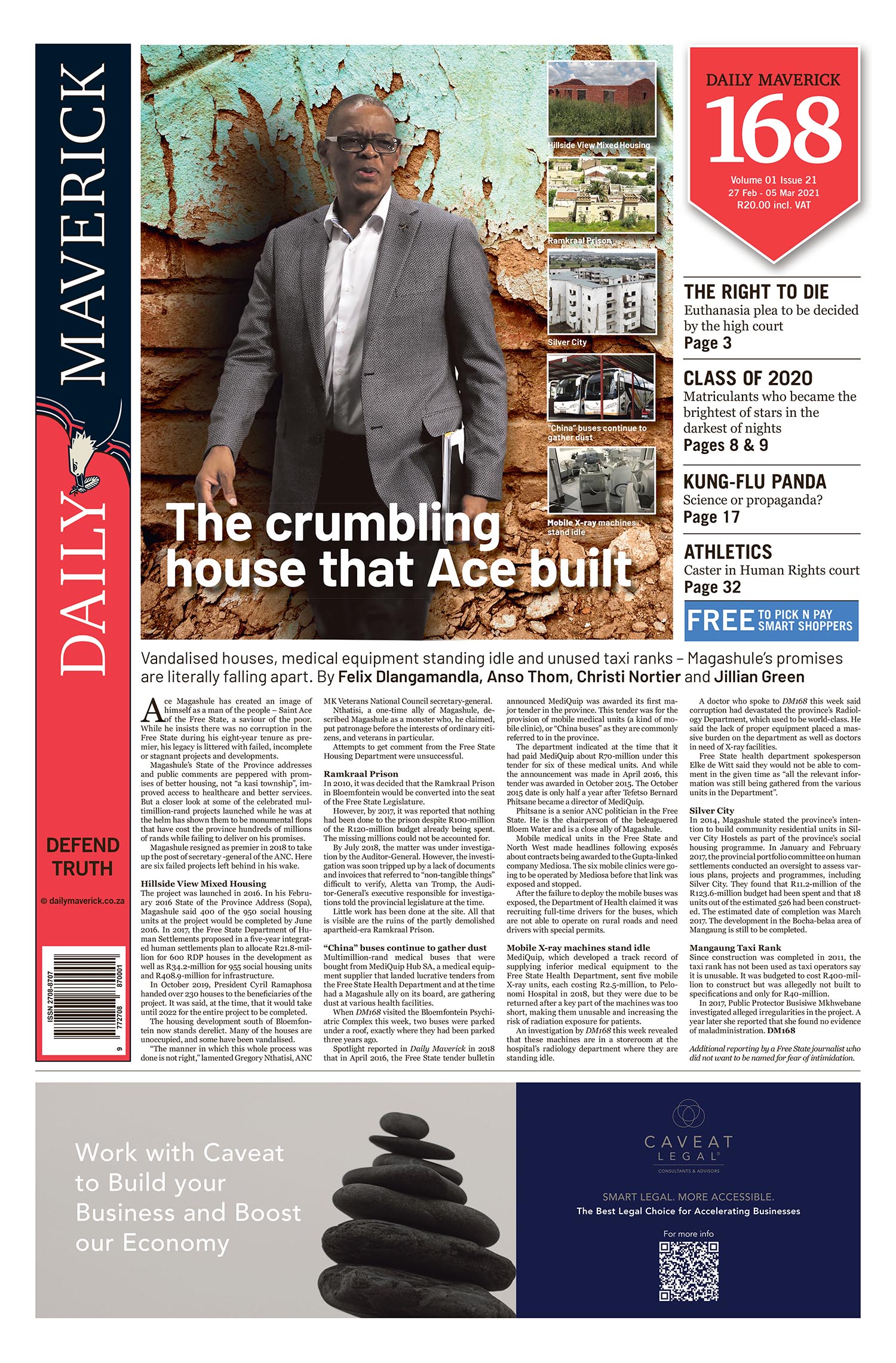First published in the Daily Maverick 168 weekly newspaper.
Since February 2020 the CPI index, Stats SA measure of price levels, has fallen to historical lows of 3.2% and the SARB bank rate is similarly at a record low of 3.5%.
Can we therefore argue that South Africa ceases to have an inflation problem? Has the pandemic truly shifted the way money, interest rates and prices move in the economy? Should the SARB throw out the rule book and start again?
Or, to paraphrase Mark Twain, have the reports of the death of inflation in South Africa been greatly exaggerated?
In the US, already the process of normalization does seem to be underway. Although the Fed continues to be demonstrably more concerned about the downside risk of deflation than inflation, the market is saying something else.
While the economy is still clearly battling, as last week’s unemployment figures showed with the highest claims for benefits in four weeks, bond markets would tell a different story. In the US, Japan, China, Australia, Europe and the UK, 10 year bond yields are now at their highest levels in nearly a year (prices move inversely to yields, and rising interest rates tend to be associated with expectations of higher inflation).
If not throwing fuel on the fire then maybe chucking on a few extra bits of charka firelighters when the briquettes already seem to have caught is Joe Biden’s much-mooted stimulus package. The package passed last week by Congress includes $1400 direct payments to ever American and another $350bn in top-ups for state and local governments. It remains to be seen what the Senate come back with on this.
Equity markets therefore have already reacted over the first two months of the year with their customary jitters from a softening bond market. Higher bond yields will tend to lure back investors away from an overheated equity market and back into ten-year treasuries, and inflation tends to be at least on the short term, a dampener for earnings.
Despite a more volatile equity market, the overwhelming story is a good one, however. What the market is saying is that in developed markets we may be witnessing the beginning of an economic recovery.
What of the situation in South Africa, and particularly as it relates to inflation?
First, rising rates and flagging equity markets should weaken emerging market currencies and bonds, including the rand and South African bonds, as international investors can access yield closer to home. A weakening rand will always put upwards pressure on inflation, as South Africa continues to be a massive importer of food, commodities and manufactured products.
Second, the effect of a nascent recovery on the oil price has already been profound. Brent Crude has rallied by one third in the last two months to $65, its highest level in almost 18 months. Oil is, of course, the single biggest constituent of the CPI index and price levels in South Africa. While these levels of the oil price might not be historically high, they are off such a low level that the base effects on inflation are likely to be material.
Finally, following the budget, South Africa’s credit metrics and attractiveness for investors have not materially changed. Debt is still too high, budget deficits perilous, unemployment stratospheric and the long term path to macroeconomic stability is looking more uncertain than ever with difficult wage negotiations ahead. Given any excuse, many investors will be only too relieved to sell South African assets which will put further upward pressure on interest rates and the Rand.
Fixed income strategists at Nedbank, therefore, forecast that if the Rand moves back to R16.50 or R17.00 to the greenback, and oil remains at between $50 to $70, then inflation could easily push up to 4.5%-5%.
All of this puts more pressure on the SARB. Inflation from a weaker currency, higher commodity prices and a sell-off in bonds is unequivocally a bad thing for the economy as it will hurt consumers and business owners at exactly the moment they are most vulnerable.
This would be cost-push, as opposed to demand-pull, inflation. This would not be the consequence of an economic recovery but simply higher input prices.
If, therefore, it would seem that this period of low-interest rates and inflation in South Africa is sadly coming to an end the question must be how will Lesetja Khanyago at the SARB react? Will he prioritise the economic recovery and keep rates low, or react to rising inflation and a weakening rand by starting to hike rates?
Either way, despite having had an arduous last few years, his job does not look set to get any easier. DM168
This story first appeared in our weekly Daily Maverick 168 newspaper which is available for free to Pick n Pay Smart Shoppers at these Pick n Pay stores.


















 Become an Insider
Become an Insider
What a quality article. Well written, simple analogies and very understandable, with more than a hint of what we face in the future – thank you. It informs me on exactly what indicators to keep in mind for the next 15 months, as elections loom in SA.